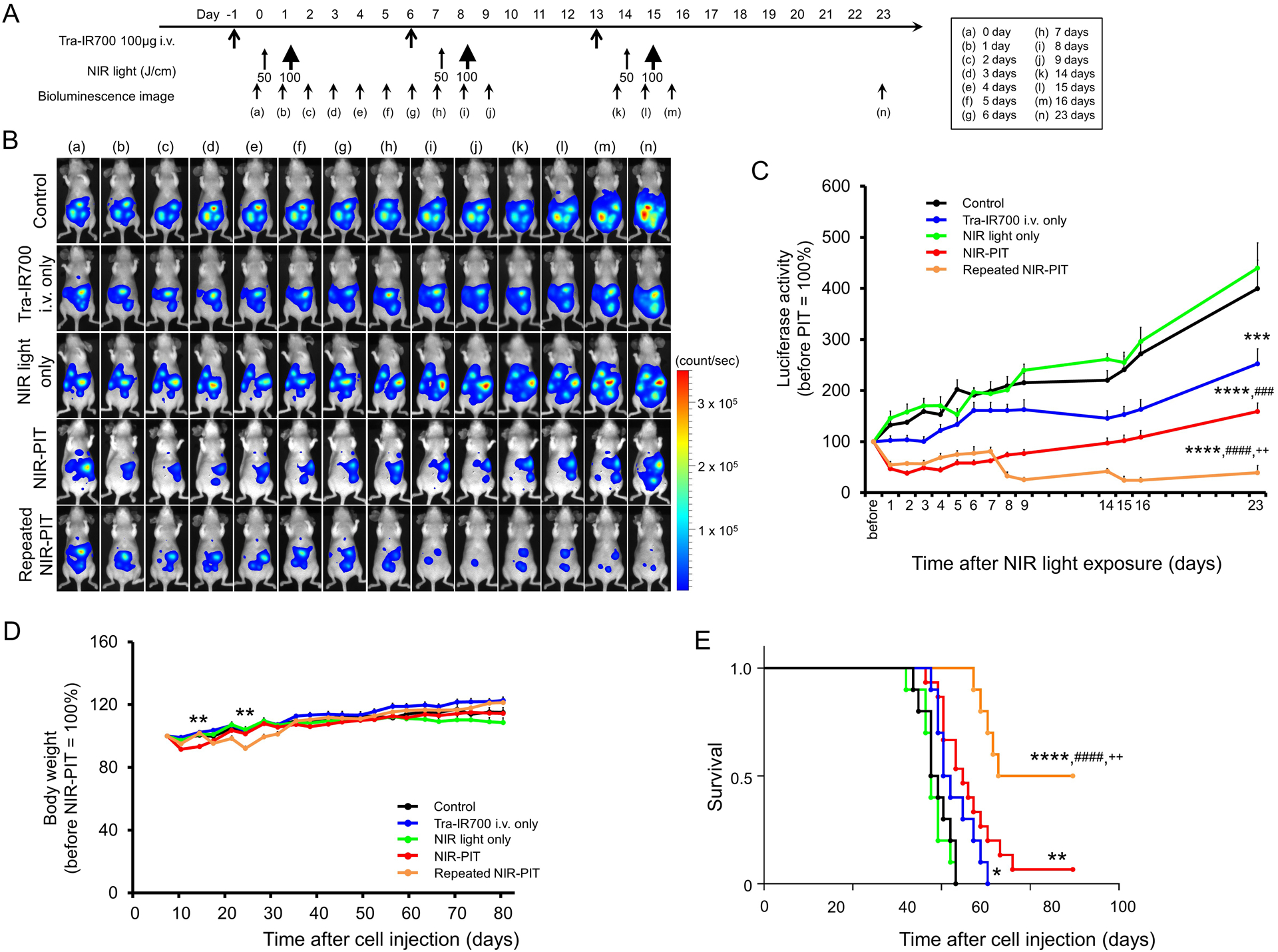Figure 4. In vivo effect of NIR-PIT in peritoneal N87GFP-luc tumors.

(A) NIR-PIT regimen. Bioluminescence images were obtained at each time point as indicated. (B) In vivo BLI of tumor bearing mice in response to NIR-PIT. Before NIR-PIT, tumors exhibited high signal on BLI. The tumors treated by NIR-PIT showed a marked decrease in BLI. (C) BLI showed a significant decrease in three treatment groups (tra-IR700 i.v. only, NIR-PIT, and repeated NIR-PIT group) compared with control and NIR light only group (n ≧ 10, ***p < 0.001 for tra-IR700 i.v. only group, ****p < 0.0001 for NIR-PIT and repeated NIR-PIT group, by Tukey’s t test with ANOVA). Both NIR-PIT and repeated NIR-PIT groups showed significantly decreased BLI activity than the tra-IR700 i.v. only group (n ≧ 10, ###p < 0.001 for NIR-PIT group, ####p < 0.0001 for repeated NIR-PIT group, by Tukey’s t test with ANOVA). Most therapeutic effect was shown in repeated NIR-PIT group (n ≧ 10, ++p < 0.01 vs NIR-PIT group, by Tukey’s t test with ANOVA). (D) After NIR-PIT, significant loss of body weight was observed in the NIR-PIT and repeated NIR-PIT groups (n ≧ 10, **p < 0.01 vs other groups, by Tukey’s t test with ANOVA), however, the body weight recovered gradually. (E) Significantly prolonged survival was observed in the three treatment groups (tra-IR700 i.v. only, NIR-PIT, and repeated NIR-PIT group) compared with control and NIR light only groups (n ≧ 10, *p < 0.05 for tra-IR700 i.v. only group, **p < 0.01 for NIR-PIT, and ****p < 0.0001 for repeated NIR-PIT group). Repeated NIR-PIT group showed significantly prolonged survival compared to the tra-IR700 i.v. only group (n ≧ 10, ####p < 0.0001) and NIR-PIT group (n ≧ 10, ++p < 0.01).
